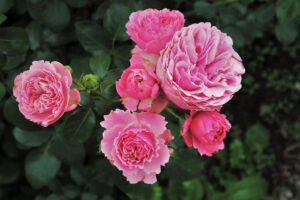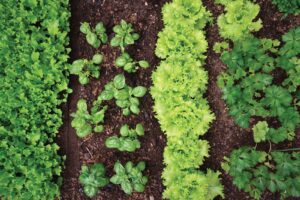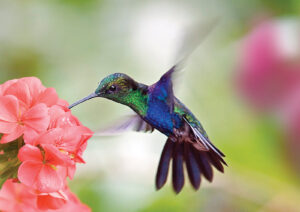Several years ago the City of Aiken hired a contractor to perform a tree survey throughout all of the city-owned properties. This survey included the rights of way, the citywide arboretum, the 170+ parkways, and Hopelands Gardens and Rye Patch. The scope of the endeavor to assess the trees took over a year and an incredible number of hours. The job included identifying the species, measuring heights and circumferences, and evaluating overall tree health. When it was completed, all of the data was collected on a website that the city uses to prioritize tree care.
The survey also ranked the trees by size and even gave them a monetary valuation. The dollar amount took into account pollution reduction, carbon sequestration, oxygen production, avoided storm water runoff value, and more. All of this information was then plugged into a formula that gave a specific dollar value to each tree.
Can you ever replace such priceless trees as the fully matured multi-trunk Deodar Cedar standing 80’ tall? It is about 100 years old and was determined to be the most valuable City of Aiken tree, with a value of over $72,000. Because you can’t replace these trees, we decided to start propagating from the grand and significant trees. These are trees that have withstood the test of time, and they may possess superior genetics that make them more disease- and pest-resistant. Their offspring would make perfect replacement trees for future planting throughout the city. I recently ordered a greenhouse for growing new trees using various propagation methods, including cuttings, grafting, seed germination, and air layering.
Local residents may remember the South Carolina State Champion White Oak located on Marion Street in downtown Aiken. Before this ancient tree came crashing down about four years ago, acorns were collected and germinated. We have since named that tree Maid Marion, and we have now been able to plant its offspring in the parkways, in Hitchcock Woods, on various residential properties, and even at a local bank.
It was the loss of Maid Marion that spurred the idea to reproduce new trees from those the survey determined were the largest and most valuable specimens throughout the city. For example, we grew a bunch of little Live Oaks from the acorns of the largest known Live Oak in our city, and we are able to give the seedlings to citizens at local events such as Earth Day. Parents can plant them in their yards and tell their kids that the new small trees came from valuable specimens within the city.
Trees make a marvelous gift. They are beneficial for our environment, and people can enjoy them for generations.

This young White Oak was grown from an acorn from Maid Marion.
























